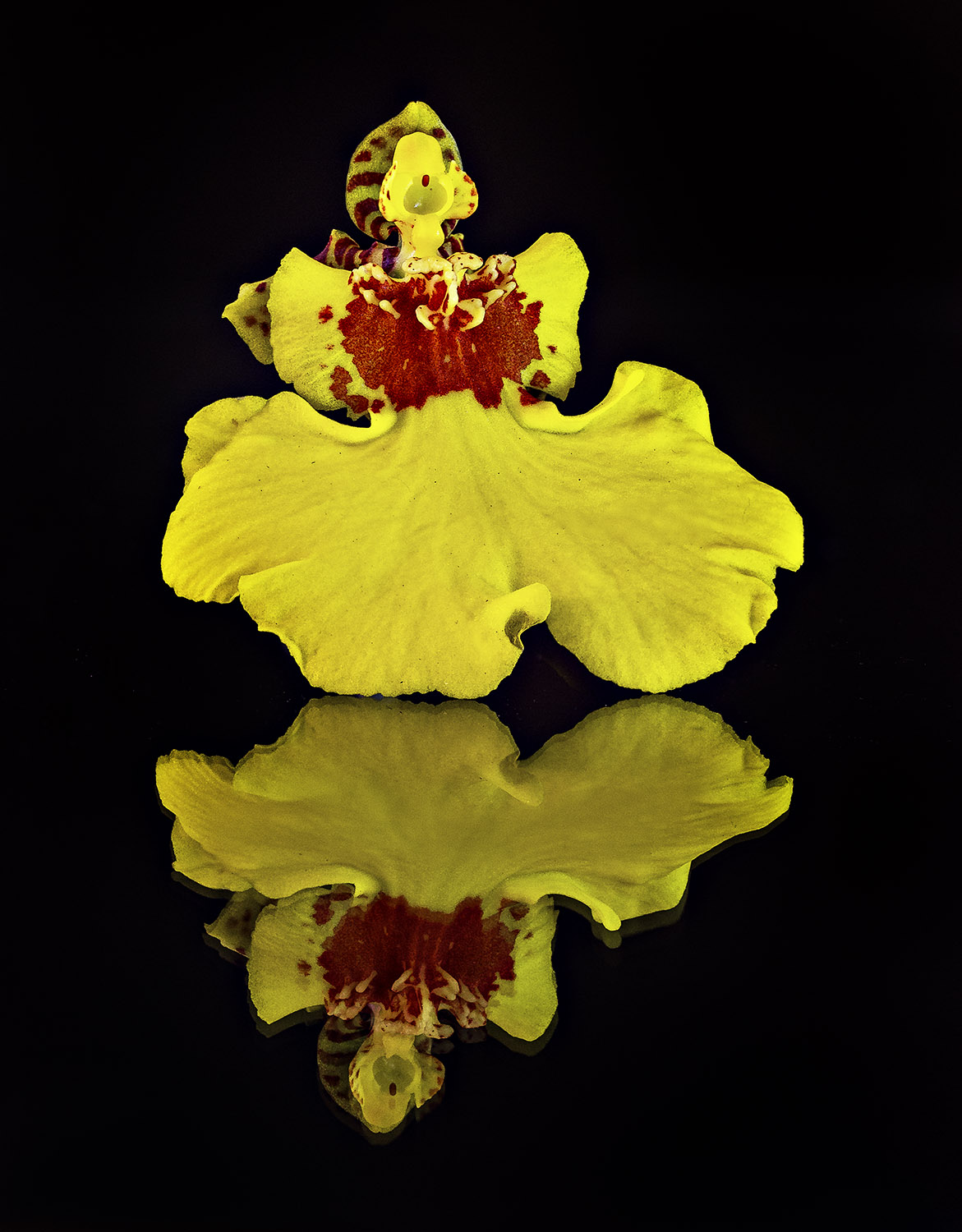Lately I've been struggling to find with appropriate themes for our weekly lunchtime photo walks. It's not always easy to come up with something that's interesting, creatively challenging, and can be completed in one to one and a half hours without wandering too far from work. We've had some good suggestions from the walkers, but they haven't always met these criteria. This week, with only an hour before we set out, I still hadn't settled on a topic when out of the blue "THREE" popped into my head.
For some reason three and imagery have a special affinity. There's the rule of thirds of course. Image elements placed at the intersection of lines dividing the image into three horizontally and vertically can add drama and interest to a composition when used well - but that's not specifically what I had in mind. Having three main elements in a photo seems to lend it strength and balance. That's not to say that more or less than three elements is a bad thing, but three is a good number to start on.












































